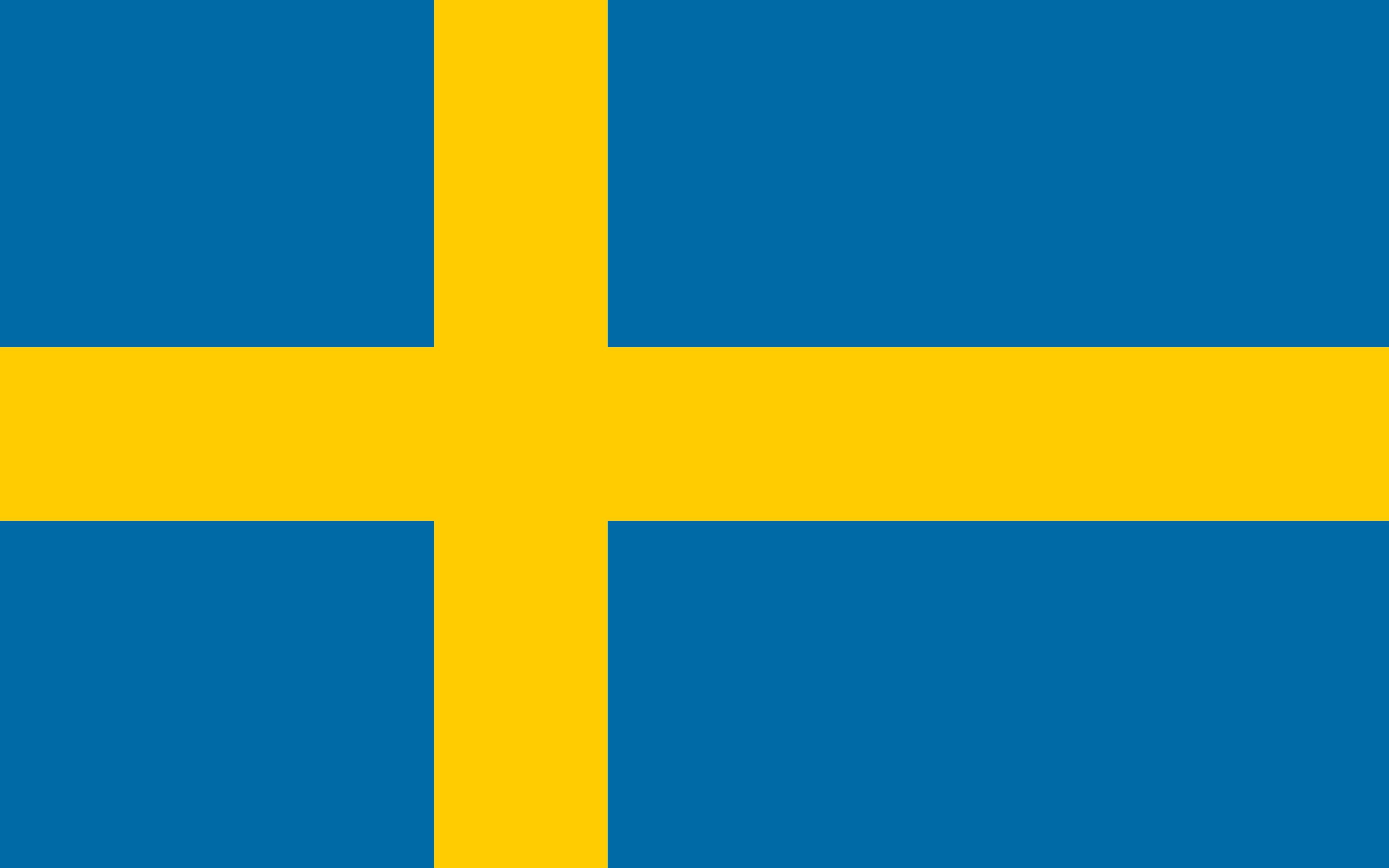Wine Guide
Poderi Boscarelli
Tuscany is famous for many things: glorious architecture, picture-perfect rolling hills, gastronomic marvels and of course, more fine win than you can drink. While many people confuse Tuscany with Chianti – and vice versa, one wine that you cannot be mistaken by is Poderi Boscarelli.
The name’s Nobile ... Vino Nobile
A tiny family-run estate (just 14- hectares); Eguido Corradi purchased two semi-abandoned small
farms in Cervognano of Montepulciano in the early 1960s. Although he was a broker by trade, he
was also an ardent wine lover and scholar. He knew of the reputation that Vino Nobile had
enjoyed in the 1900s and his aim was to make it great again. His idea was to produce wine “a
good bottle of wine” for friends and family, keeping 2,000 for himself.
This, however, was not to be. Egidio died in 1967, leaving the estate to his daughter and son in law. They continued his vision and released the first bottle of Poderi Boscarelli Vino Nobile in 1968 (from the 1965 vintage). A decade followed where the couple would try and sell their wines door to door to the restaurants between Genova and Montepulciano. Paracucchi in Florence agreed to try their produce, served it to noted wine critic Luigi Vernello who then named it one of Italy’s 100 top fine wines. And the rest, as they say, is history.
This, however, was not to be. Egidio died in 1967, leaving the estate to his daughter and son in law. They continued his vision and released the first bottle of Poderi Boscarelli Vino Nobile in 1968 (from the 1965 vintage). A decade followed where the couple would try and sell their wines door to door to the restaurants between Genova and Montepulciano. Paracucchi in Florence agreed to try their produce, served it to noted wine critic Luigi Vernello who then named it one of Italy’s 100 top fine wines. And the rest, as they say, is history.
It’s a family affair
Now in its third generation, the estate is run today by Corradi’s two grandsons Luca and Nicolo.
Sangiovese grapes are the most prevalent varietal, covering about 80% of the 14 hectares of
vineyards in the estate. The remaining 20% consists of several native varietals, including
Mammolo, Canaiolo and Colorino, and international varieties such as Merlot and Cabernet. In 2006
they planted 2 hectares of Merlot in vineyards in nearby Cortona. Seven reds (plus one dessert
wine as well as the ubiquitous olive oil), are made here but the Vino Nobile di Montepulciano
Sotto Casa Riserva (2011) is our advice. Awarded 93 by James Suckling in 2016, the wine remains
affordable (expect to pay less than €50 a bottle in Europe), but has the long-ageing potential
to grow and grow. Add that to the wine’s scarcity and you have an investment opportunity
definitely worth considering.
